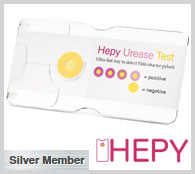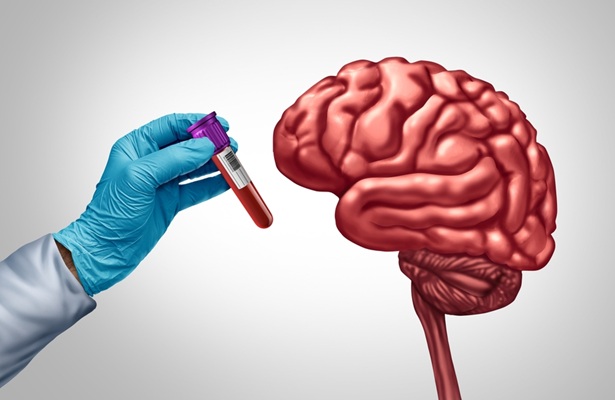New Technology Autonomously Detects AI Hallucinations in Digital Pathology
Posted on 19 Jun 2025
Traditional tissue staining, a fundamental tool in diagnosing diseases like cancer, involves chemical dyes to highlight microscopic features in tissue samples. While effective, the process is time-consuming, destructive, and dependent on physical resources. Virtual staining—an artificial intelligence (AI)-powered approach that simulates histochemical staining from autofluorescence microscopy—offers a faster, non-destructive alternative. However, it comes with a major challenge: hallucinations, or AI-generated features that do not exist in the real tissue, which can mislead even expert pathologists. Researchers have now introduced an autonomous image quality assessment tool to detect hallucinations in virtually stained images.
Developed by a research team at the University of California, Los Angeles (UCLA, Los Angeles, CA, USA), in collaboration with pathologists from multiple institutions, the AI tool named AQuA (Autonomous Quality Assessment) is specifically built to identify image inconsistencies without needing histochemically stained ground truth data or access to the virtual staining model itself. AQuA functions by using iterative image translation cycles between autofluorescence and H&E domains. These cycles amplify minute discrepancies within the image, generating sequences that are assessed by an ensemble of neural networks. This digital “panel of judges” evaluates image quality and flags hallucinations before the images reach clinical experts. The system operates independently from the original staining model and adapts to various tissue types and staining methods, making it both scalable and broadly applicable in digital pathology.

The researchers validated AQuA using human kidney and lung biopsy samples. The findings, published in Nature Biomedical Engineering, show that the tool achieved 99.8% and 97.8% accuracy, respectively, in distinguishing high-quality from flawed virtually stained images, without relying on traditional staining images. Moreover, AQuA showed over 98% agreement with board-certified pathologists and, in certain scenarios, outperformed them, particularly in identifying deceptive hallucinations in the absence of ground truth references. The team also demonstrated AQuA’s versatility by applying it to conventionally stained slides, where it successfully detected common clinical artifacts. With AI tools becoming more integral to diagnostic workflows, quality assurance systems like AQuA are essential to ensure reliability and safety. AQuA enables rapid, accurate, and automated validation of AI-generated pathology images, paving the way for scalable and trustworthy adoption of virtual staining and digital pathology in clinical practice.
“With AQuA, we are adding a layer of trust to AI-generated images in medicine,” said UCLA Professor Aydogan Ozcan, the study’s senior author. “It acts like a digital second opinion, tirelessly checking every virtually stained tissue slide to ensure it is safe for diagnosis.”
Related Links:
UCLA














